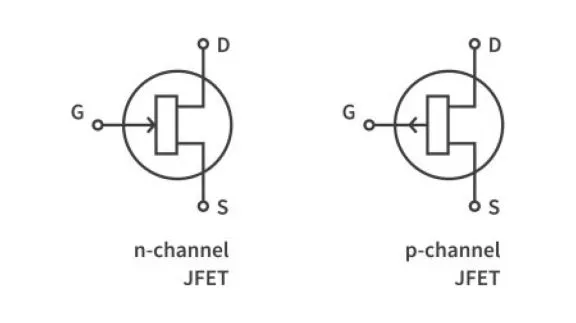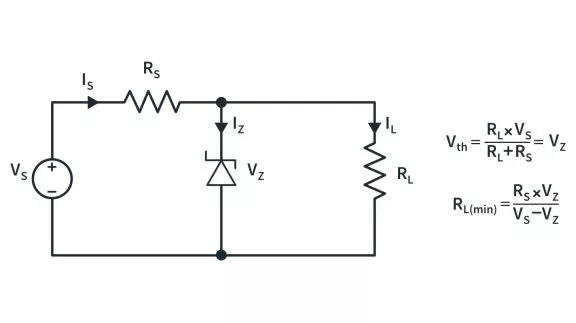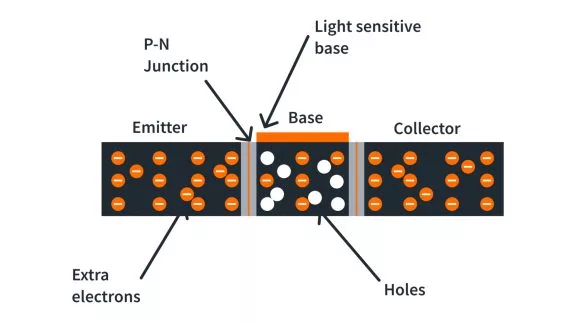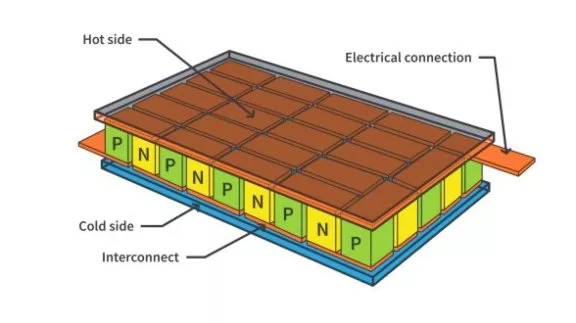Gordon Moore was working at Fairchild Semiconductor in 1965 when he made an observation due to the invention of the integrated circuit and the shrinking size of transistors: the number of transistors on the microchip doubles every year. When it proved correct in 1975, he revised based on new data what has become known as ‘Moore’s Law’ to the doubling of transistors on a chip every two years. Although this prediction would go on to be called a “law”, it is based on empirical observations and cannot be proven scientifically.
In 1961, the patent office awarded the first patent for an integrated circuit to Robert Noyce at Fairchild Semiconductor. Moore, the company’s Research and Development Director, realized that with these new integrated circuits (with multiple transistors interconnected with aluminum metal lines on a tiny square of the silicon wafer), “the cost per component is nearly inversely proportional to the number of components”. He believed that as computing power increased, the cost per component would also decrease, eventually making new technologies not only possible but affordable.

What Exactly is Moore’s Law:
- The number of transistors in a computer chip doubles roughly every two years.
- As the number of transistors increases, so does processing power.
- As the number of transistors increases, the cost per transistor falls.
Not only will the processing power of computer chips grow exponentially, but the cost per transistor will also decline exponentially.
Moore’s Law helped draw interest to the emerging computer and semiconductor industries and gave this new field a goal: Keep fitting smaller but more powerful transistors into chips, and eventually, people will get access to home computers and all the modern tools we have come to rely on today. Soon, computer engineers were making it a goal to stay in line with Moore’s Law.
This prediction has held true with the number of transistors doubling approximately every 18 months for the last five decades or so. Computer scientists and engineers have used Moore’s Law as a guide in long-term planning and setting targets for research and development so that society can enjoy the many technological wonders in the semiconductor industry that Moore predicted.

In recent times, feats in engineering and physics have been pushed to their limit and complexity in semiconductor processing has been increasing rapidly. While more power results in the ability to carry out more advanced tasks via computers, engineers are unable to keep pushing the limit on smaller transistors. At some point, transistors will become so small that the effects of quantum mechanics will impair functionality. In quantum tunneling, electrons jump from one place to another, or “tunnel through” something. Processors rely on logic gates, components that either allow or block the movements of electrons, to work. If electrons can simply tunnel through or bypass logic gates at the quantum level, then the processor will not function properly. Thermal damage to chips is also an issue with overheating due to increased transistor density.

Transistors are now three-dimensional devices with extremely small feature size that advanced process technologies are required to accurately reproduce these features on a silicon wafer. The complexities consequently slowed down Moore’s law. As the ability to scale a single chip slows, the industry is finding other methods of innovation to maintain exponential growth but the cost of doing so has slowed the pace of migration. The evolution of semiconductor technology is reaching molecular limits, and this is slowing the exponential trajectory predicted by Moore’s law.
Moore's Law Conclusion
Moore’s Law, by its strictest definition of doubling transistor count every two years, is not happening anymore. It is still delivering exponential improvements, but the results are being delivered at a slower pace. While Moore’s law is slowing down, the pace of technology innovation is not. Rather, the explosion of new fields of applications (e.g. big data, artificial intelligence) has increased the pace of innovation and the need for “exponential” improvements in delivered technology. Ultimately, transistor count is not the only relevant factor that pushes for better processors. The average consumer cares about cost and performance, not how many transistors are in a device. If no more transistors can be squeezed into a small space, other technologies will have to be developed to circumvent this roadblock and produce more powerful processors; such is the nature of science and research.















